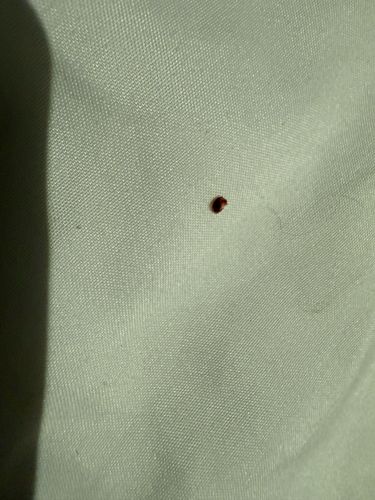Bed Bug
Scientific Name: Cimex lectularius
Order & Family: Hemiptera (order), Cimicidae (family)
Size: 4-5 mm (unfed adult), up to 7mm (fed adult)

Natural Habitat
Primarily human dwellings (beds, mattresses, furniture, cracks in walls), also can infest other spaces where humans rest.
Diet & Feeding
Exclusively blood-feeders. They feed on human blood, typically at night while the host is sleeping.
Behavior Patterns
Nocturnal; they hide in cracks and crevices during the day and emerge at night to feed. They are attracted to carbon dioxide and body heat. They are highly resilient and can survive for months without a blood meal. They do not fly or jump, but can crawl quickly.
Risks & Benefits
Risks: Bed bug bites can cause itchy red welts, allergic reactions (in some individuals), and secondary skin infections from scratching. They are not known to transmit diseases to humans. Benefits: No known direct benefits to humans or ecosystems, they are considered pests.
Identified on: 11/3/2025